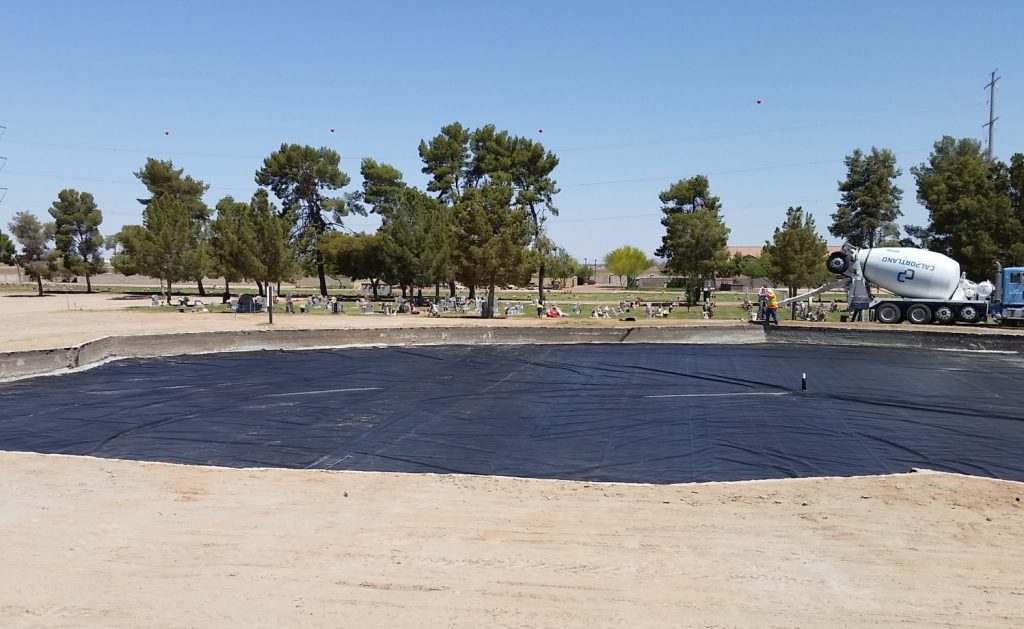While the term “geomembrane” might evoke images of a misguided medical experiment, its diverse and intriguing applications make it a crucial element in various projects. Geomembranes serve as synthetic membrane liners or barriers designed to regulate fluid migration within manmade structures, projects, or systems. Typically composed of thin continuous polymeric sheets, they may also incorporate geotextiles infused with asphalt, elastomer, or polymer sprays, offering limitless possibilities for applications in geotechnical engineering and other industrial sectors.
Geomembranes find application in environmental, hydraulic, transportation, and oil and gas projects, as well as in the waste industry. The most prevalent type comprises continuous polymeric sheets, which, when larger sizes are required, can be thermally or chemically fused at the seams for enhanced strength and durability. These geomembranes are highly customizable, capable of serving purposes as diverse as lining a backyard fish pond to covering areas as extensive as a football field.
To provide insight into the versatile uses of geomembranes, here are some common applications:
- Liners for potable or reserve water (e.g., ensuring the safe shutdown of nuclear facilities)
- Fish pond liners
- Liners for waste liquids (e.g., sewage sludge), radioactive, or hazardous waste liquids
- Liners for the agriculture industry
- Liners for various waste conveyance canals
- Liners for primary, secondary, and/or tertiary solid-waste landfills and waste piles
- Linings for emergency spillways
- Waterproofing liners within tunnels and pipelines
- Containment and transportation of liquids in trucks
- Containment and transportation of potable water and other liquids in the ocean
- Installation beneath highways to prevent pollution from deicing salts
- Placement beneath and adjacent to highways to capture hazardous liquid spills.
Essentially, geomembranes are employed wherever the loss of materials, whether clean water, wastewater, vapor, soil, or hazardous substances, must be avoided. The effective management of flowing, pooling, frozen, and standing liquids, including vapors, is crucial, allowing industries to undertake and sustain a broader range of projects than previously possible.
